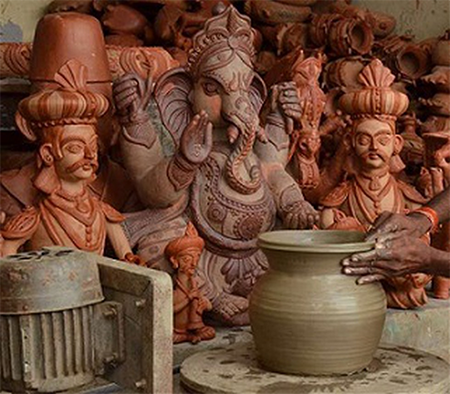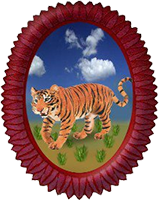Gorakhpur has its own cultural and historical importance. It is the birth place of Firaq Gorakhpuri, workplace of writer Sh. Munshi Premchand and mystic poet Kabirdas, and is associated with Gautam Buddha and Lord Mahavir.
Gorakhpur was a part of the famous kingdom of Koshal, one of sixteen mahajanpadas in 6th Century B.C. The earliest known monarch ruling over this region with his capital at Ayodhya was IKSVAKU, who founded the Surya Vanshi dynasty of Kshatriya.
In 600 BCE, Gautama Buddha renounced his princely garb near Gorakhpur just where the rivers Rapti and Rohini join.
Gorakhpur also is associated with the travels of 24th Tirthankara of Jainism, Lord Mahavira, who was born not far from this city.
Gorakhpur also went on to form part of the Gana Sangha of the Malla Dynasty.
In fourth century BCE, the Nandha Dynasty became prominent and over time, Gorakhpur came under various empires such as the Mauryas, Shungas, Kushnas, Guptas and Harshas.
Gorakhnath Temple
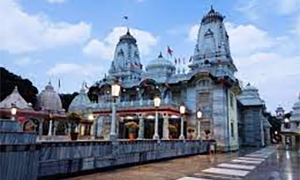
The Gorakhnath Math is a Temple of the Nath monastic group of the Nath tradition. The Nath tradition was founded by guru Matsyendranath. The musical Light and Sound Show in the evening is the main attraction at the Temple.
Vishnu Temple
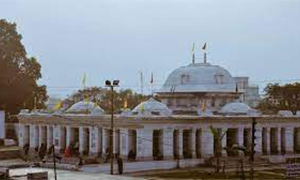
Dedicated to Lord Vishnu, the four corners of the temple are dedicated to the deities Jaganathpuri, Badrinath, Rameshwaram and Dwarika. The Temple is 800 years old.
Geeta Vatika
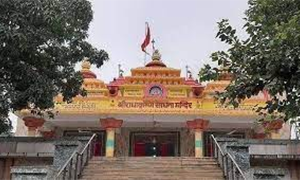
Spread over 5.2 acres of land, it is most renowned for the temple of Sri Radha Krishna. Since 1968, there have been constant chants of Hare Ram and Hare Krishna, carried out through the day and night.
Gita Press
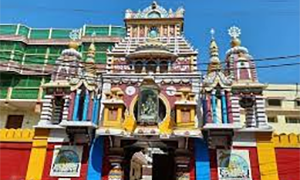
The world's largest publisher of Hindu religious texts. The Gita Press archives contain over 3,500 manuscripts including over 100 interpretations of the Bhagavad Gita.
Imambara
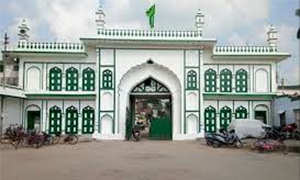
Imambara is one of Gorakhpur city’s oldest landmarks, built by the first Mian Sahib of Gorakhpur, Syed Raushan Ali.
Ramgarh Taal
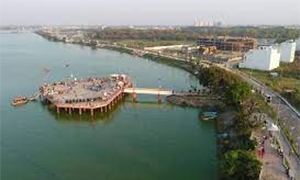
This lake covers about 678 hectares (1,680 acres). The driveway across the lake is refered to as "THE MARINE DRIVE OF PURVANCHAL."
Veer Bahadur Singh Planetarium
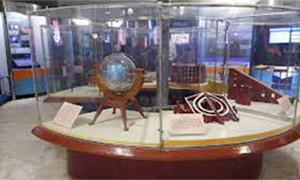
This planetarium runs three daily, 45-minute shows at 1pm, 3pm and 5pm. It has a dome size of 18m and a seating capacity of 395.
Gorakhpur Zoo
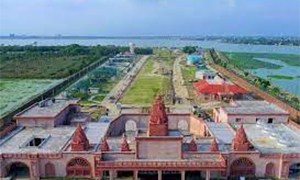
The second largest zoo in the state with several big cats, deer, monkeys, bears, reptiles, birds and fish in the aquarium section.
Kushmi Forest
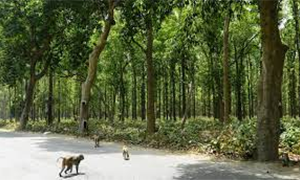
Comprises sal and sequoia trees in the entire area and animals like monkeys, deer, and fox can be seen here. There is also a shrine dedicated to Goddess Budhia Mai, which is also said to be a wish-fulfilment site.
Neer Nikunj Water Park
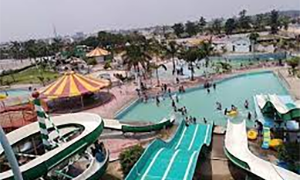
Has a variety of water slides, pools, and other water features, like the Aqua Twister, the Kamikaze, and the Free Fall.
Rail Museum
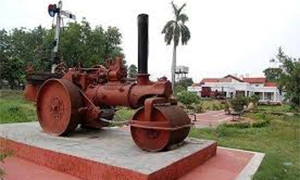
Managed by northern railway, it is in the shape of amusement park. Old steam engines along with old coaches of different classes are on display. Enjoy looking at Lord Lawrence’s Steam Engine from 1874 which was brought by sea from London.
Lord Buddha Sangrahalay
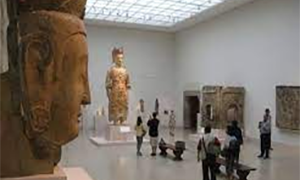
The Museum has more than 3500 antiques, relics and Thanka paintings. All relics related to Gautam Buddha are preserved here.
Bakhira Bird Sanctuary
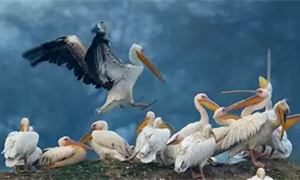
The largest natural flood plain wetland of India, expanding over an area of 29 sq kms. The Siberians birds travel across 5000 km to get to these wetlands in winter. Migratory birds from Tibet, China, Europe & Siberia come here.
Shopping
Well known for its handloom products, there are thousands of looms in this city that produce towels, bed-linen, curtains and other unique products.
At a distance of approximately 15 kilometers from Gorakhpur is the internationally acclaimed Terracotta Town, a sector of numerous villages that are well known for terracotta products.
Golghar, the city center is home to shops, restaurants, hotels and shopping malls.
Buxipur area is home to one of the largest book markets that can be found in the North Eastern part of Uttar Pradesh.














